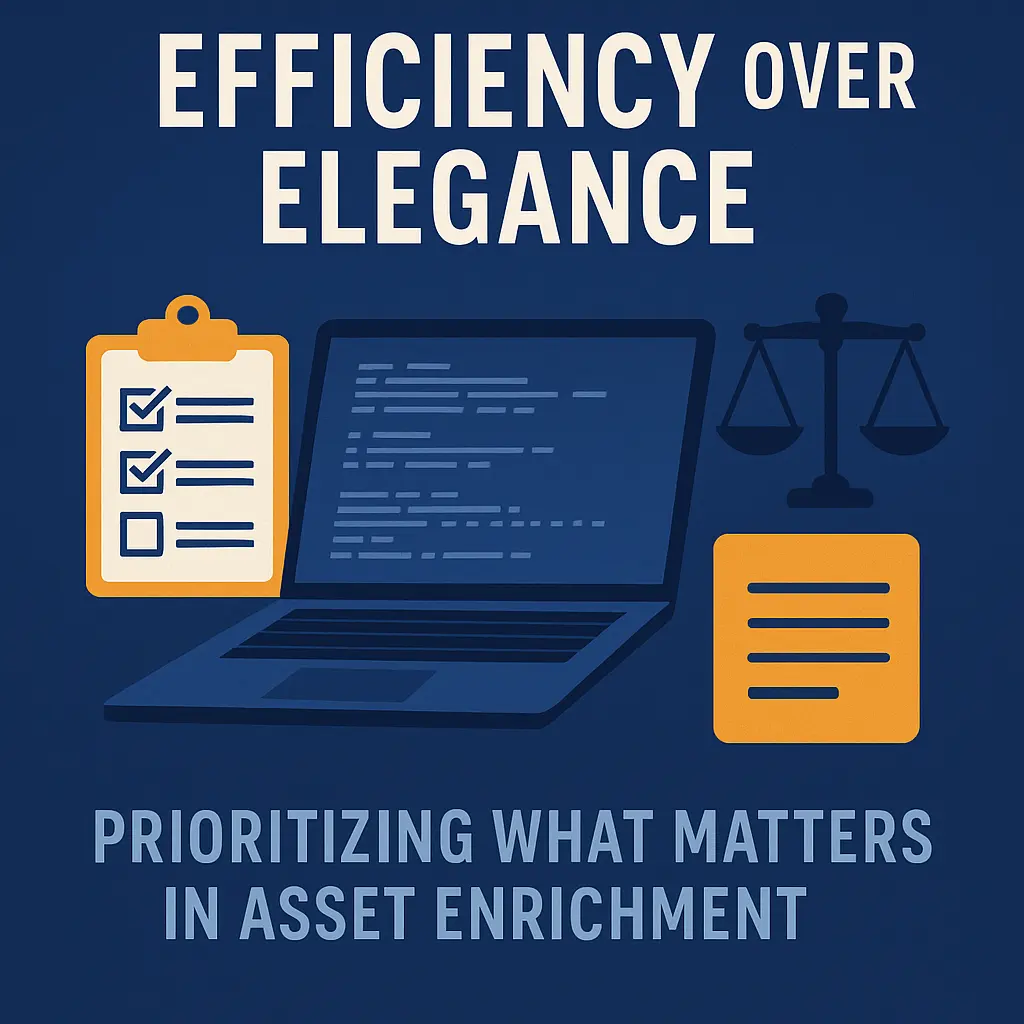Operational technology (OT) security is becoming more challenging as the world becomes increasingly interconnected. The systems we rely on for manufacturing, utilities, and critical infrastructure weren’t designed for today’s cybersecurity threats. While that creates challenges, it also gives us a clear path forward: adapt, prepare, and build resilience.
Cyber threats aren’t going away. The question isn’t if your organization will face them—it’s whether you’re ready when they come. Here are five key areas to focus on in 2025 to help secure your OT environment.
1. Enhance Endpoint Visibility and Risk Management
OT endpoints—such as industrial PCs, HMIs, and IoT devices—are frequent targets for attackers. Many of these systems weren’t built for modern cybersecurity, and they lack the ability to support traditional EDR tools. This makes visibility and risk management critical.
What you can do:
- Deploy Endpoint Visibility Tools: Solutions like Nozomi Guardian, Dragos Platform, or Kaspersky Industrial CyberSecurity (KICS) provide telemetry and monitoring for OT endpoints, helping you detect risks before they escalate.
- Build an Asset Inventory: Use platforms like Claroty CTD or Microsoft Defender for IoT to track all OT endpoints and prioritize their risks.
- Focus on Patching and Configuration: Even if you can’t patch immediately, ensure systems are configured securely and limit access to critical assets.
Improving endpoint visibility and managing risks effectively strengthens your entire OT security posture. For more foundational strategies, check out my article on active and passive monitoring for OT environments, which provides insights on how these techniques can enhance endpoint visibility.
2. Build a Culture of Zero Trust
In OT environments, trust isn’t an option. The “never trust, always verify” principle of Zero Trust is a must. This approach ensures that every user, device, and action in your system is treated with the same level of scrutiny.
Key actions:
- Segment Networks: Divide your OT systems into zones to prevent attackers from moving laterally.
- Enforce Strict Access Controls: Require multifactor authentication and granular permissions for every user and device.
Zero Trust isn’t just a toolset; it’s a mindset that helps build a more secure and resilient environment.
3. Proactively Assess Cyber-Physical Risks
Cyber-physical systems—where digital and physical processes meet—are prime targets for attackers. To protect these systems, you need a proactive approach that identifies and mitigates vulnerabilities before they’re exploited.
Steps to take:
- Conduct Regular Assessments: Evaluate systems frequently for vulnerabilities.
- Leverage Digital Twins: Simulate your systems in a controlled environment to find potential weaknesses.
Risk assessments are about being proactive rather than reactive, ensuring you’re ready for what’s next.
4. Strengthen Supply Chain Security
Your supply chain is critical to your operations, but it’s also a significant vulnerability. Every supplier, vendor, and third-party component adds another potential risk to your OT environment.
What you can do:
- Vet Your Vendors: Set clear security expectations and enforce them consistently.
- Use SBOM Tools: Implement software bills of materials to track every component in your supply chain.
By securing your supply chain, you reduce risks that are often overlooked but could have major consequences.
5. Prepare for the Worst: Incident Detection and Response
Incidents will happen—it’s inevitable. What matters most is how well your organization is prepared to respond.
Instead of building a separate SOC for OT, integrate OT expertise into your existing security operations center (SOC) to streamline and strengthen your response capabilities.
How to prepare:
- Leverage AI and Automation: Use tools to monitor systems in real-time and detect anomalies.
- Test Your Response Plans: Run regular drills to ensure your team knows what to do in case of an incident.
The better your preparation, the faster and more effectively you can respond when something goes wrong.
Bonus: Invest in OT Cybersecurity Training
No system or tool can replace the importance of a well-trained team. As OT and IT continue to converge, investing in training equips your people with the knowledge and skills to navigate unique OT challenges confidently.
What to prioritize:
- Hands-On Training: Programs like CISA’s Advanced 301 training provide real-world experience in OT security, helping teams understand how to protect critical systems.
- Bridging IT and OT Skills: Traditional IT teams often need training on OT-specific risks, protocols, and devices to work effectively in these environments.
- Continuous Learning: Encourage ongoing education to ensure your team stays ahead of emerging threats. My article on OT training credentials explores whether certifications are necessary or if practical skills should take priority.
When your team is empowered with the right knowledge and skills, they become your greatest asset in defending critical systems against evolving threats.
Conclusion
OT security will always have its challenges, but those challenges give us opportunities to grow stronger. By focusing on endpoint visibility, Zero Trust, proactive risk assessments, supply chain resilience, and incident response, you build a foundation of security that can stand up to the evolving threat landscape.
Add to that a commitment to training and empowering your team, and you’re not just securing your systems—you’re preparing your organization to thrive, no matter what comes next.
The threats are out there. The question is: will you be ready? Start taking steps today to protect what matters most.
Resources
CISA Training: https://www.cisa.gov/resources-tools/training
Nozomi Network’s Guardian: https://www.nozominetworks.com/products/guardian
Dragos ICS Technology: https://www.dragos.com/
Kaspersky ICS: https://www.kaspersky.com/enterprise-security/industrial-cybersecurity


